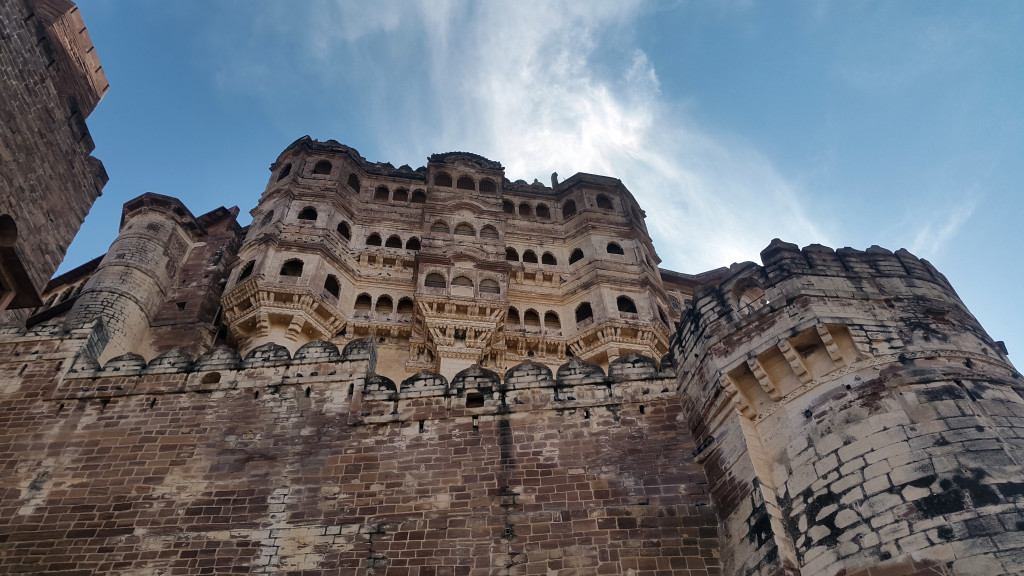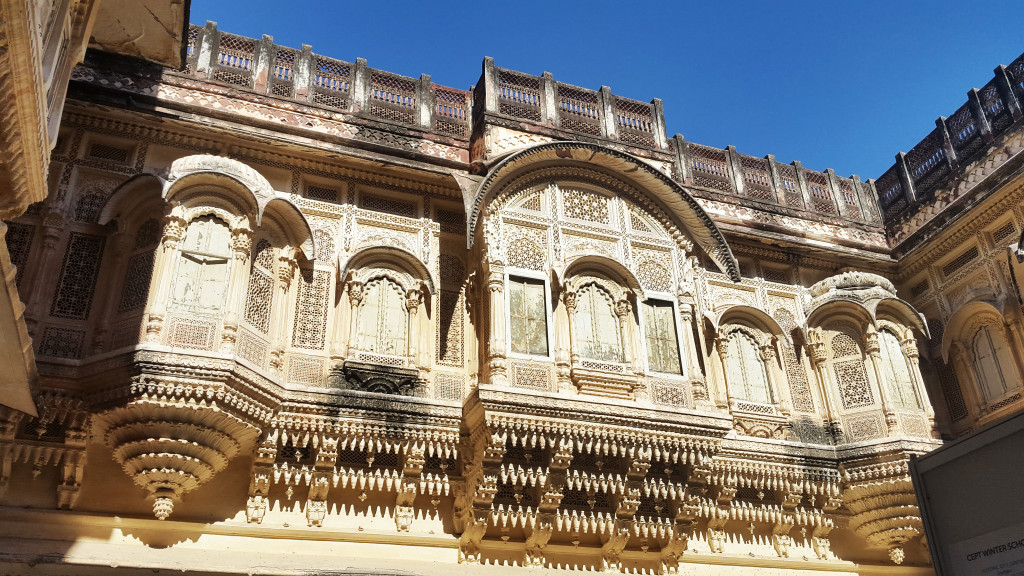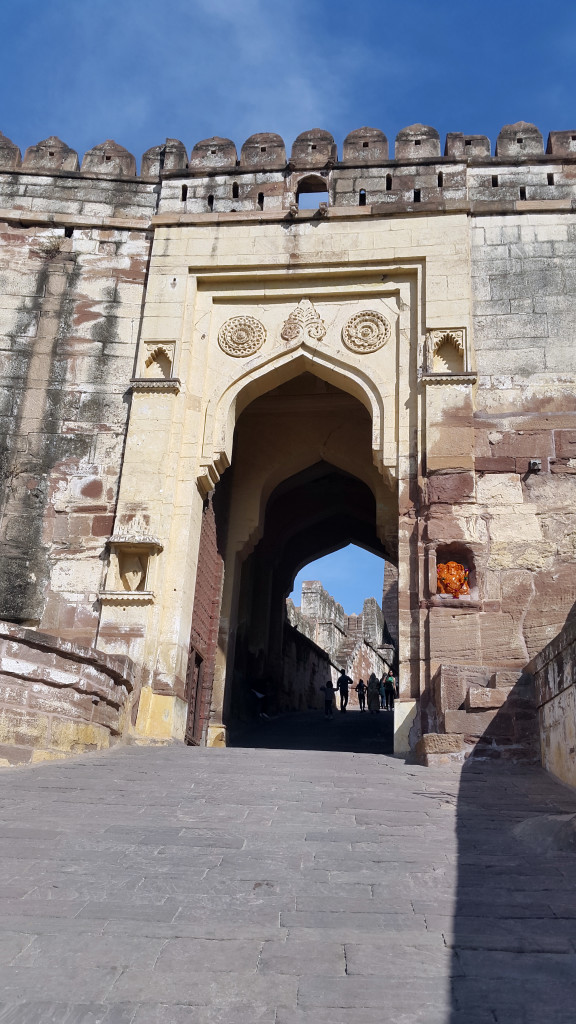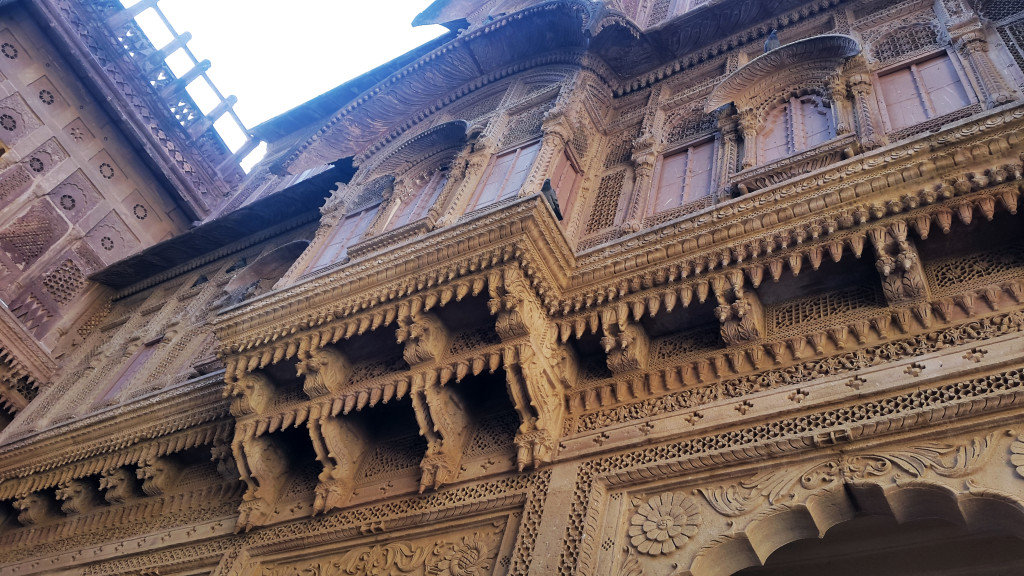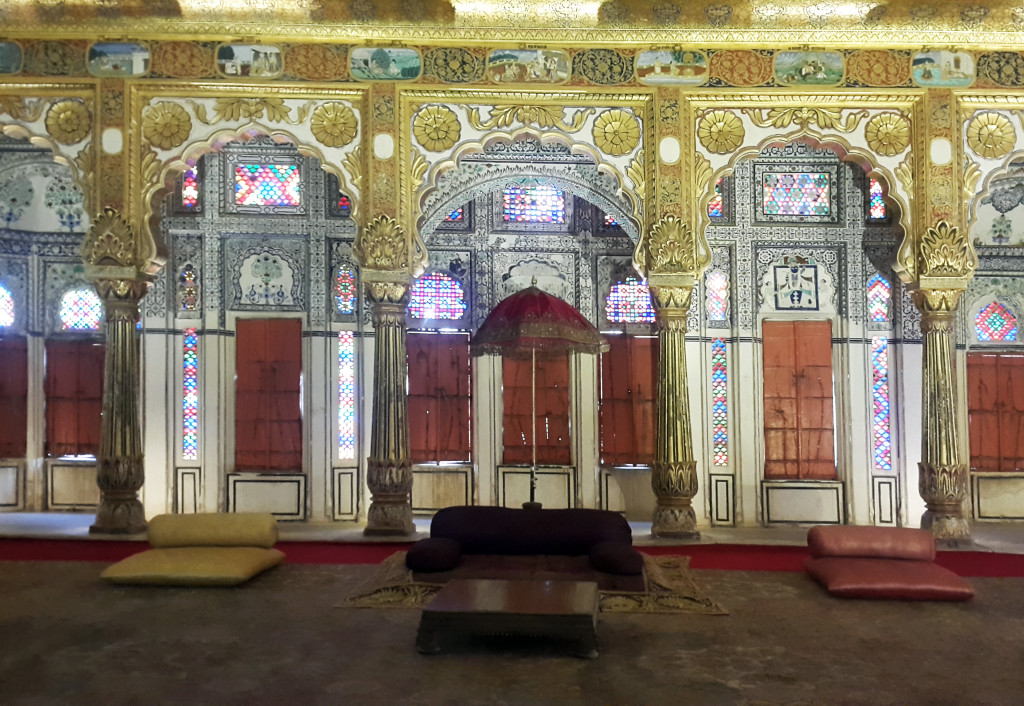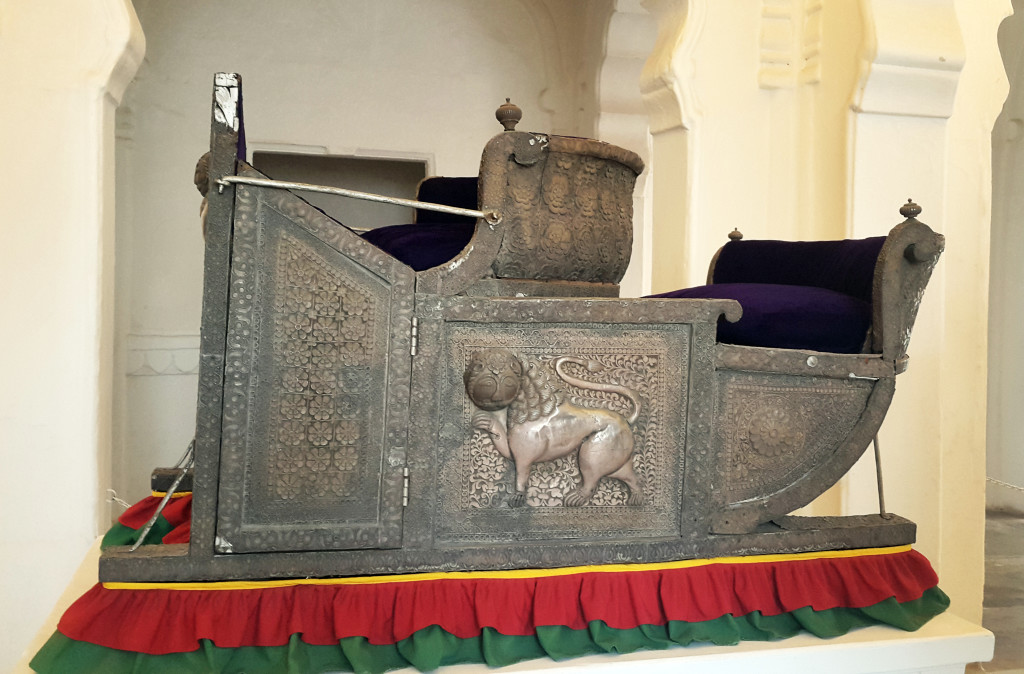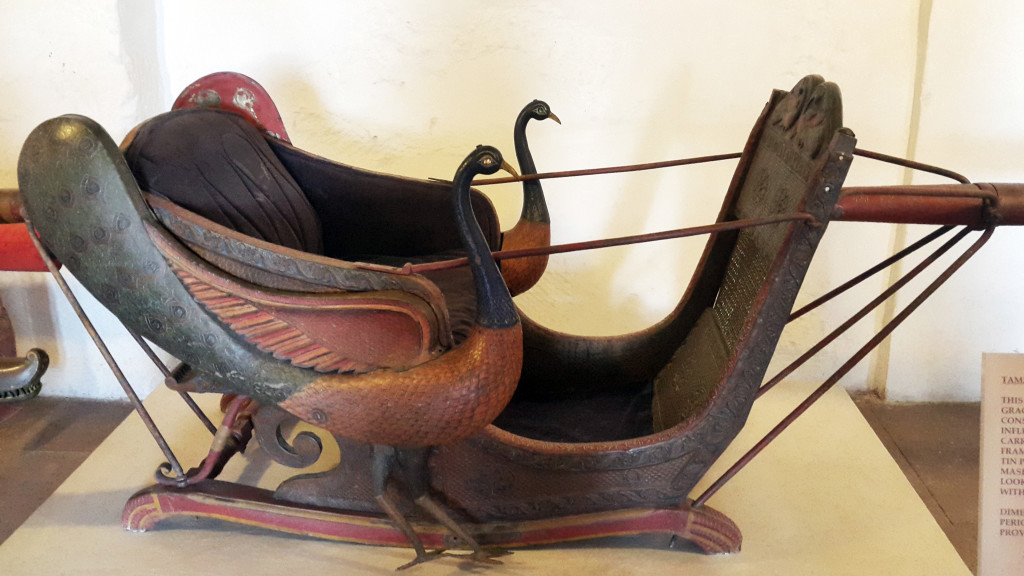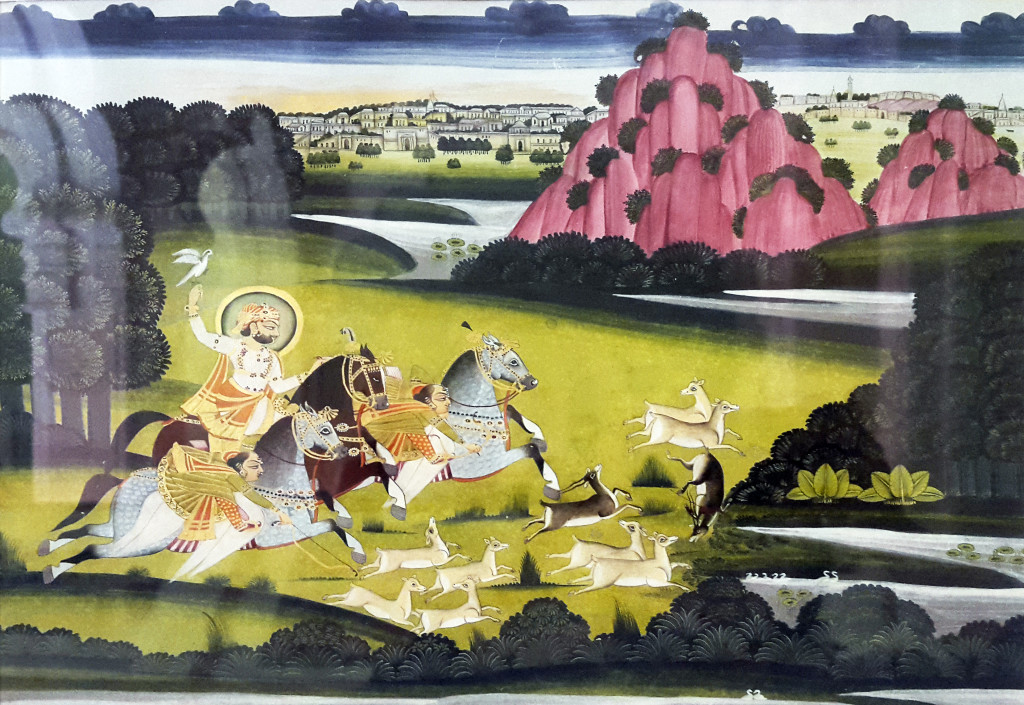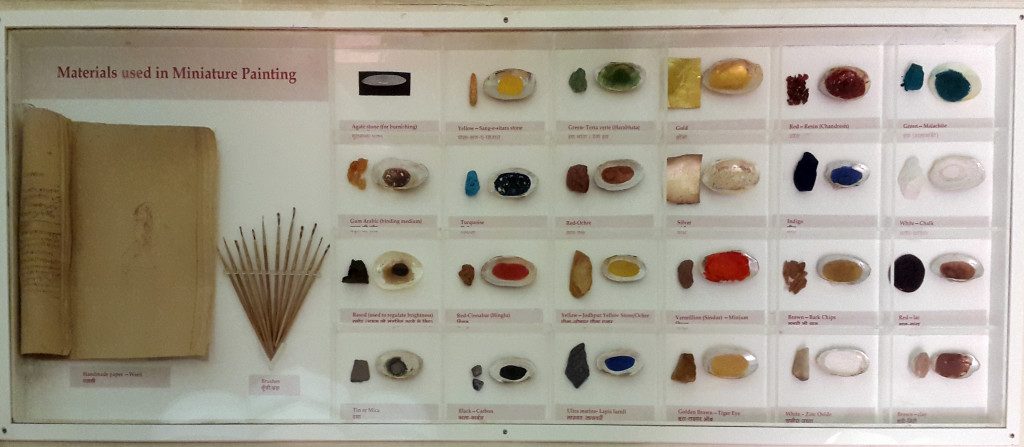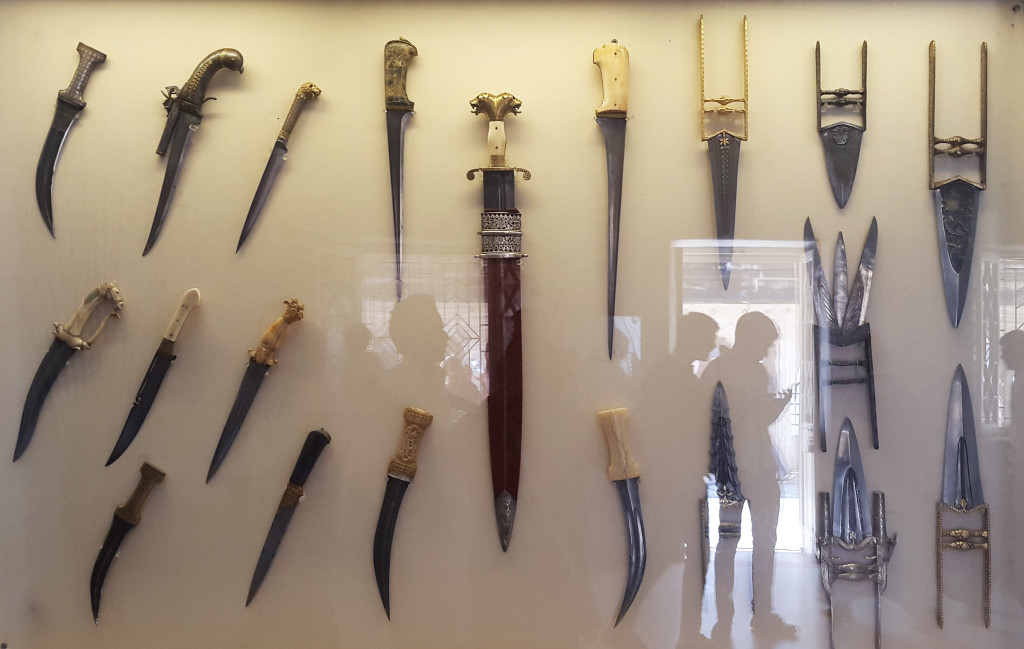It was 1458. Rao Jodha, one of the twenty-four sons of Rao Ranmal, had just ascended the throne of Marwar. But inspite of this outwardly joyous occasion, the man was doused in agony. His father had been assassinated by the Rana Kumbha of Chittor, and by some luck he had managed a narrow escape. Now, he simply had to move his capital to a safer location before it was too late, for the thousand years old Mandore fort had begun falling apart, constantly vulnerable to attacks by the Sultans of Malwa and Gujarat, a city no longer safe to dwell.
An extensive search for a new location began. The answer came in form of one rocky, isolated hilltop nine kilometers to the South of Mandore, the Bhakurcheeria, meaning, the mountain of birds. According to legends, the sole human occupant of the hills, a hermit named Cheeria Nathji, the Lord of birds, had to be displaced though, in order for constructions to begin. However, each time he was asked to move, there came an uncompromising refusal. So much so that at one point Rao Jodha was pushed to take a very severe measure. Help was sought from the immensely powerful female warrior sage from Deshnok, Mata Karni. Cheeria Nathji had no choice but to quit under her prevailing influence. Nonetheless, he did not vacate without a daunting, bitter curse.
“Jodha! May your citadel ever suffer the scarcity of water!”
Anxious, the King immediately had a house and temple built for the hermit inside the fort, subsequently mollifying him by doing so. Furthermore, to ensure that the new site proved auspicious, a man named Raja Ram Meghwal was buried alive as an offering to appease the gods, who came forward for this service voluntarily; a man who rightfully finds mention in many folktales and certain stone carvings within the fort. In return, his family and descendants have been looked after by the Rathods to this day. Thus, it is Rao Jodha, the fifteenth chief of the Rathod clan, who established this new city, a city named Jodhpur.
Today, the Mehrangarh Fort stands 117 feet tall, 68 feet wide and at an altitude of nearly 400 meters above the city skyline. The construction of this fort started in the fifteenth century, and went on till the seventeenth, ultimately completed by Maharaja Jaswant Singh, a much later descendant of Rao Jodha. The fort is named after the chief deity of the Rathods, for it is believed that the Rathods are direct descendants of the Sun God. ‘Mihir’, also pronounced locally as ‘Mehr’, means the Sun; and ‘Garh’ means Fort. Therefore, as per the pronunciation in local language, Mehr-Garh came to be known as Mehrangarh. Initially, Jodhpur was contained within the four walls of the fort. However, the city outgrew in size within fifty years of its construction because people migrated in from many different regions.
Seven gates stand guard to this stately fort: Jai Pol, Loha Pol, Fateh Pol, Amrita Pol, Dodh Kangra Pol, Gopal Pol and Bheru Pol. Each of these gates has a saga of its own. Jai Pol is the main entrance to the fort, built in 1808 by Jaipur’s Maharaja Man Singh following his defeat in invasion. Just inside Loha Pol are two sets of small hand prints, the sati marks of royal widows who threw themselves on their Maharajas’ funeral pyres. The Fatteh Pol, which also means victory gate, was raised by Maharaja Ajit Singh to celebrate the defeat of the Mughals. Imprints of the impact of cannonballs fired by the attacking armies of Jaipur can still be seen on the Dodh Kangra Pol. Situated to the left of the main entrance of fort is the chhatri of Kirat Singh Soda, the honorable soldier who fell dead on that spot defending Mehrangarh against the armies of Amber.
As we stepped out of our auto-rickshaw into the main fort entrance, we were welcomed by the absolutely divine jugalbandi of the chikara and khartal. There is something strangely magical about Rajasthani folk music. It has an effect on me that I cannot quite understand or explain. Unmoved by all this, my mother walked ahead while I stood there for long, appreciating the little boy who played the ravanahatha like a pro!
As I walked through the graveled lanes towards the inner palaces, one thing became increasingly evident. Each pillar, each wall, each door and each little window exhibited brilliant craftsmanship. The many palaces that had once been home to the royals have now been turned into museums for us to go back in time. The Royal Throne of Jodhpur, also known as the Sringar Chowki, is preserved in the Moti Mahal. Exceptionally intricate filigree work in gold adorned the ceilings of Phool Mahal. The Ajit Villas displayed a varied range of musical instruments and royal attires from the fifteenth to the eighteenth centuries.
I was particularly intrigued by the gorgeous Phool Mahal, literally meaning the chamber of flowers; a palace that is still used as a shooting location for many Bollywood films.
Certain erstwhile objects were so incredible to see up close. The Howdahs for example, a kind of two-compartment wooden seats covered in gold or silver embossed sheets, fastened onto the elephant’s back, were something I had seen only in period films. The section with the more abundant leg space was evidently made for the Kings or Royalty; while the rear smaller one stayed reserved for a reliable bodyguard disguised as a fly-whisk attendant. Palanquins or palkis were another very popular means of travel for the ladies of the nobility. I could only marvel at the exquisite designs!
The Daulat Khana displayed a collection of fine and applied arts of the Mughal period of Indian history, some stunning miniatures of the Rathod dynasty. The exhibits here dated to the period during which the Rathod rulers of Jodhpur maintained close links with the Mughal emperors. Also, rare collections of armor from every period in Jodhpur were on display, a floor definitely not to be missed. There were sword hilts in jade, silver, rhino horn, ivory; shields studded with rubies, emeralds and pearls; guns with gold and silver work on the barrels, and what not! Also on display were the personal swords of many emperors, like the outstanding historical Khaanda of Rao Jodha weighing over 3 kilograms, the sword of Emperor Akbar, and the sword of Timur.
There was a Turban Gallery which preserved the many different types of turbans once widespread in Rajasthan. Every community, region and festival had their own head-gear!
In the end, I went to the the Chamunda Devi Temple. It houses Rao Jodha’s favorite goddess, Chamunda Mataji. Photography wasn’t allowed there so I could not click pictures, but I wish I could, because the chief deity was absolutely magnificent and the temple was extremely clean.
In popular culture, the Mehrangarh Fort has been one of the prime filming locations for Disney’s 1994 live-action film The Jungle Book, as well as the 2012 film The Dark Knight Rises. The fort is built on a Malani Igneous Suite Contact which represents the last phase of igneous activity of the Precambrian age in Indian subcontinent. For this unique feature, the fort has been declared a National Geological Monument by the Geological Survey of India.
Indeed, when Rudyard Kipling had illustrated Jodhpur’s Mehrangarh fort as “A Palace that might have been built by Titans and colored by the morning sun”, he was not exaggerating.

